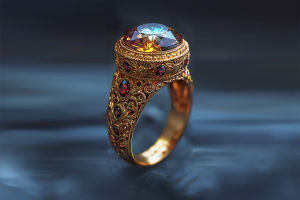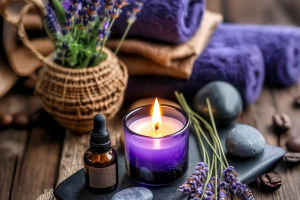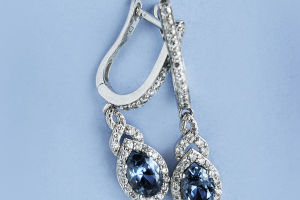Hey Lykkers! Ever wondered what goes into your favorite lipstick? From smooth application to that perfect color, there’s a lot happening behind the scenes.
Today, we’re diving deep into the ingredients of lipstick, exploring the components that make it so smooth, long-lasting, and colorful. By understanding what’s inside, we can make better choices about the beauty products we use every day.
The Base Ingredients: What Makes Lipstick Hold Together
The core of any lipstick is its base, which is made up of oils, waxes, and softeners. These ingredients ensure the lipstick stays solid, applies smoothly, and lasts on your lips for hours. The main waxes used in lipstick are beeswax, palm wax, and candelilla wax.
Beeswax, in particular, gives the lipstick a firm structure, while palm wax is less likely to melt, helping your lipstick stay in shape during warmer months. Softening agents are added to make sure the lipstick glides smoothly and doesn’t feel too hard on your lips.
The oils used include mineral oil, castor oil, and lanolin. These oils keep the lipstick hydrated and help it glide on effortlessly. Mineral oil, also known as petroleum jelly or Vaseline, is often used for its smooth texture. Castor oil, on the other hand, helps with the color’s adhesion to your lips, while lanolin, which comes from sheep’s wool, offers additional moisture.
Coloring Agents: The Magic Behind the Shades
Now let’s talk about what gives lipstick its beautiful colors! The key to those vibrant reds, pinks, and browns are the pigments and dyes used in the formula. The pigments in lipstick are often fine particles that ensure the color is evenly distributed when applied. These pigments can include iron oxide, mica, and titanium dioxide, all of which contribute to the wide range of shades we can find in stores.
For some lipsticks with a bit of sparkle, mica and other shiny ingredients are included. These create that shiny, glossy finish that we all love. Some lipsticks also use cochineal, a red dye derived from insects, especially in darker red or deep maroon shades.
Fragrance and Flavor: The Final Touch
Lipstick wouldn’t feel complete without a hint of fragrance or flavor. While not all lipsticks are scented, most include a small amount of fragrance to mask the scent of the other ingredients, ensuring it smells pleasant when applied. These fragrances can range from floral notes to more neutral scents like vanilla.
Some lipsticks also include flavoring, which gives them a slight taste when you apply them. While it may not be a major factor, a pleasant scent and taste can make the whole experience of wearing lipstick more enjoyable.
Preserving Your Lipstick: Keep It Fresh
Lipstick is easy to store and can last for a good amount of time. To preserve its quality, it’s best to keep your lipstick at room temperature and away from direct heat sources, as high temperatures can affect its texture and color. If your lipstick breaks, don’t worry—you can use a lighter to melt the broken pieces together, then place it in the fridge to harden again.
For hygiene purposes, you can clean the top of your lipstick with a small amount of disinfectant. Lipsticks usually have a shelf life of about one to two years. If your lipstick starts to change color or emit an unusual smell, it’s time to toss it out and get a new one.
The Science Behind Lipstick
So, next time you reach for your favorite lipstick, you’ll know a little bit more about what makes it work. From the base ingredients like waxes and oils to the colorants and fragrances that give it that beautiful finish, every element plays an important role in creating the perfect lipstick. We hope this breakdown helps you appreciate the science behind the beauty product we all love.
Thanks for reading, and remember—whether you're looking for a bold red or a subtle beige, there’s a perfect lipstick out there for everyone! Stay fabulous, Lykkers!
Feel free to let me know if you'd like any more information or have further questions about cosmetics!


